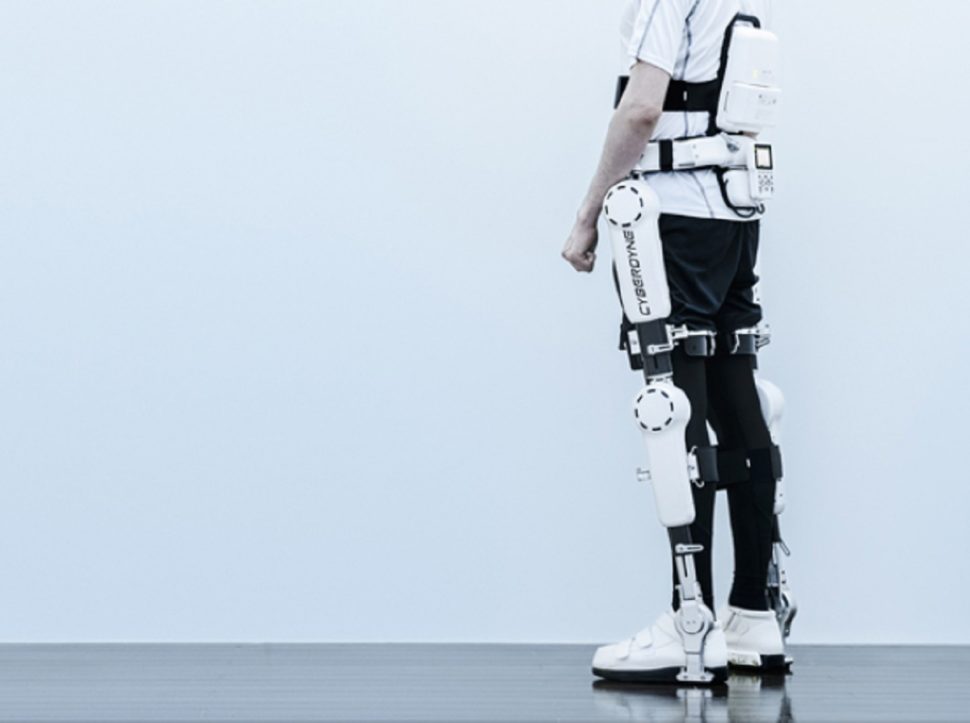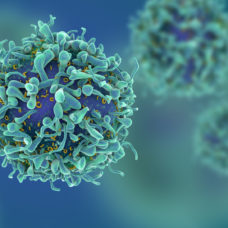Exoskeleton technology is now more of a reality than a concept with a host of commercial exo suits having passed the scrutiny process of the American Food and Drug Administration (FDA).
Just over the last five years, the exo suit market has evolved rapidly as FDA-cleared exo suits — both for clinical use in rehabilitation centers and personal use — have been released to the public.
In 2014, the FDA approved the first motorized exo suit, ReWalk, to be marketed for clinical use.
Then in 2016, Ekso Bionics’ Ekso GT also got the FDA approval to be used for individuals with stroke and spinal cord injuries.
In the same year, another startup, Vanderbilt, received FDA clearance to market its exoskeleton. Vanderbilt’s lower-limb exo suit, known as Indego, is intended for people paralyzed below the waist.
Last year, Japanese startup Cyberdyne introduced a type of exo suit for paralyzed individuals in the U.S.
But this is just the start.
Read More: Human Exoskeletons Could be Just Around the Corner
Wearable Exosuits, or Mechanized Clothing
Exoskeleton suits come in different types and fall into different categories: military or commercial use, for lower limbs, upper limbs, or the full body, just to name a few.
Current models are mainly designed for medical use, but robotic exo suits are poised for a future where they turn us into superpowered beings with strength, stamina, and speed worthy of superheroes.
While we’re obviously way off from that, the early manifestations are starting to pop up.
You never know when you’re gonna need a supersuit. Just ask the Incredible Samuel L. Jackson.
One of the promising perspectives for the budding industry is soft wearable exo suits made of innovative materials that make them look and feel more like clothing.
One of the research centers that focus on such exo suits is located at Vanderbilt University in Nashville, Tennessee.
Researchers at Vanderbilt’s Center for Rehabilitation Engineering and Assistive Technology (CREATE) are developing soft exo suits to “restore health, mobility, independence and societal participation to individuals with disabilities.”
CREATE’s exo suit concepts are more flexible, more comfortable, and less obtrusive, and they started with an exosuit designed specifically to address back pain.
Karl Zelik, Assistant Professor of Mechanical Engineering, Biomedical Engineering, and Physical Medicine & Rehabilitation at Vanderbilt, said in a Conversation article:
“… more aptly described as mechanized clothing, a spring-powered exosuit or even just a supersuit. It consists of a vest and shorts made of common clothing materials, plus assistive fabric elastic bands and a switch that lets the wearer turn the suit’s assistance on or off.”
CREATE’s biomechanical assistive garment can be switched off to allow the wearer to move freely, something most exoskeletons fail to provide. When the suit’s switched on, its elastic bands take some of the load off the wearer’s back.
“In an initial series of laboratory tests, the suit reduced loading on the low back muscles by about 20% during lifting and up to 40% during leaning, and it reduced the rate at which back muscles fatigue by 30% to 40%, on average,” said Zelik.
This suit that weighs less than three pounds has no motors or batteries and the wearer can easily conceal it under their everyday clothes as it doesn’t have any protruding parts.
Back pain is just the start for CREATE’s researchers who launched a spinoff company called HeroWear LLC, aiming to make this soft supersuit available on the market in 2020. Their exosuit to assist the ankle is another potential product to come out of the lab, and there may be more to follow. However, they clearly aim big with their first exosuit product because back pain is the leading cause of disability that causes more lost work days per year than any other condition, so demand is potentially high.


















Comments (0)
Most Recent